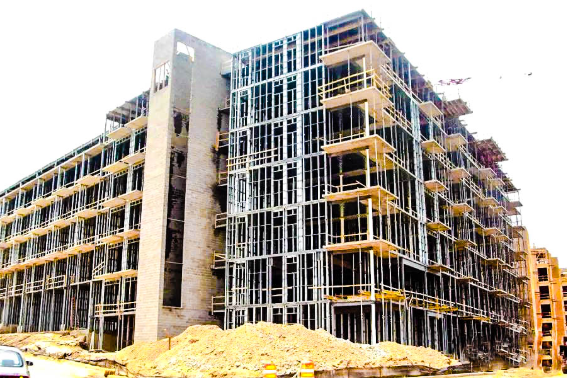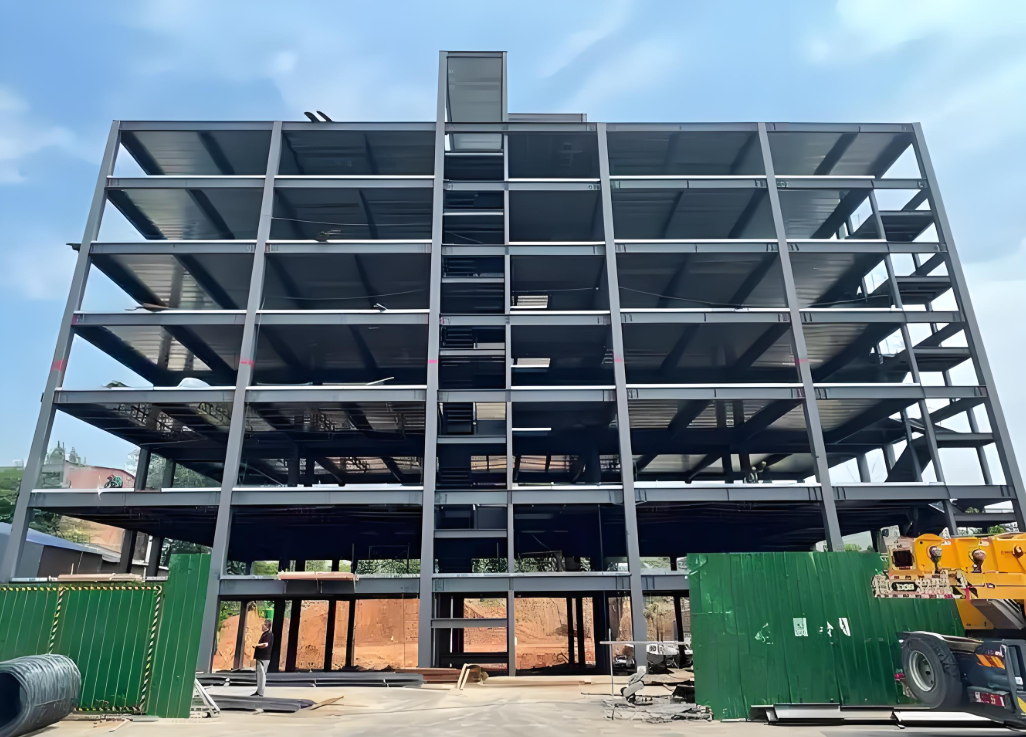Reinforcement Methods for Steel Structures

Steel structures are widely employed in large-span, high-rise, heavy-load, and dynamic-load engineering applications. With advancing structural technologies, ensuring stability through effective reinforcement has become increasingly critical.
1. Supplemental Support Reinforcement
Principle: Reduces span length by adding mid-span supports, enhancing load capacity by 30-50% while controlling deflection (typically limited to L/400).
Applications: Ideal for horizontal members (beams, slabs, trusses) in structures without spatial constraints.
Advantages:
Simple implementation (Class A reinforcement per AISC 360)
Immediate load redistribution
Limitations:
15-20% reduction in usable space
Requires permanent foundation modifications
2. Bonded Steel Jacketing
Execution:
Wet-process bonding using epoxy resin grouting (ASTM C881-compliant)
8-12mm thick steel plates with M16 chemical anchors at 300mm spacing
Performance:
Increases flexural capacity by 40-70%
Enhances section stiffness by 2-3 times original values
Quality Control:
Adhesion strength ≥2.5MPa (per ACI 440)
100% void detection via ultrasonic pulse velocity testing

3. FRP Composite Strengthening
Materials:
Carbon Fiber Reinforced Polymer (CFRP) sheets: 300-600g/m²
Epoxy adhesives meeting ISO 14679 shear strength ≥15MPa
Benefits:
80% lighter than steel equivalents
Corrosion-resistant (50+ year service life)
Maintains original member dimensions
Special Requirements:
Fire rating enhancement to R30 minimum
UV protection for exterior applications
Post-Reinforcement Verification
Bond Integrity Inspection:
Acoustic testing with 500g impact hammer
Ultrasonic adhesion mapping (≥90% coverage in anchor zones)
Load Testing Protocol:
Proof loading at 1.1× service load (per ASCE 7)
Deflection monitoring with LVDTs (0.01mm resolution)
Crack width limitation: ≤0.3mm under sustained loading
Rejection Criteria:
Delamination areas >10% in primary load paths
Residual deformation >15% of maximum test deflection
Stress concentrations exceeding Fy/1.5 at reinforcement boundaries



